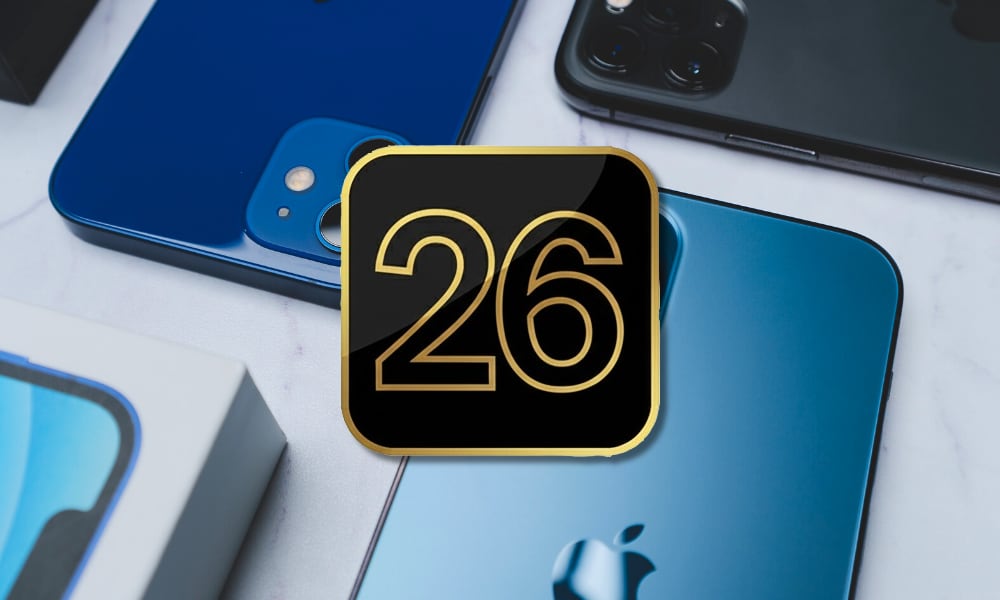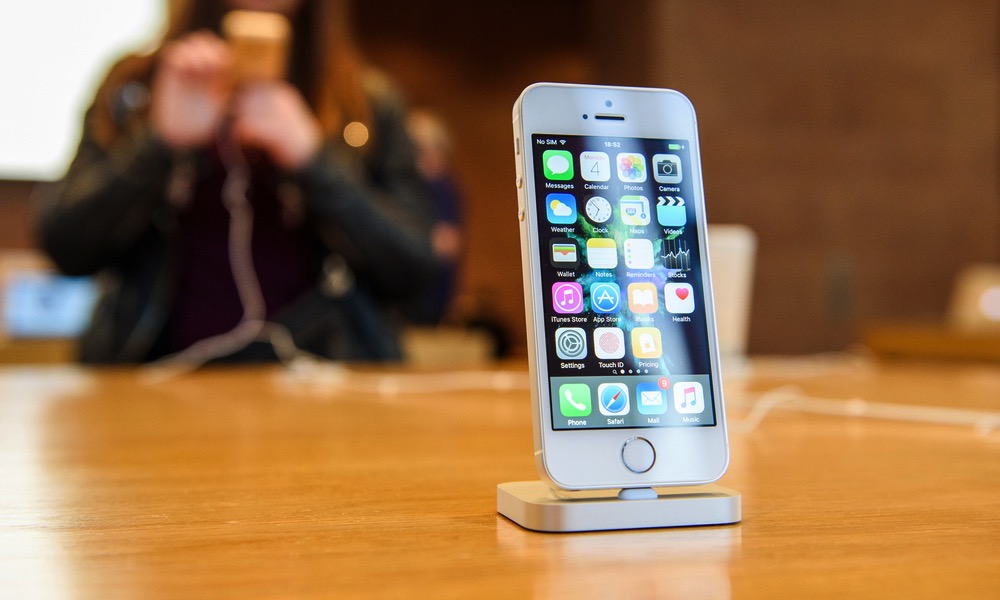Here Are All the iPhone Models Expected to Run iOS 26

Toggle Dark Mode
As the unveiling of Apple’s next major iPhone software update draws closer, reports are beginning to gel on which iPhone models we can expect to get access to the latest bells and whistles.
While a December report suggested no iPhone would be left behind, it seems that may have been a bit optimistic after a more recent one revealed that Apple may draw the line at its 2019 iPhone models.
To put this in context, the current release of iOS 18 supports all iPhones released in 2018 and later, starting with the iPhone XS, iPhone XS, and iPhone XR. This also includes the last two generations of iPhone SE from 2020 and 2022 and, of course, all of Apple’s two-digit-numbered iPhones, from the iPhone 11 to the iPhone 16.
Those were the same models supported by iOS 17, which had dropped the iPhone 8, iPhone 8 Plus, and iPhone X from the prior year.
A reliable source has confirmed the April report, noting that this year’s iOS release will drop the iPhone XS, iPhone XS Max, and iPhone XR from the list of supported devices. This means you’ll need an iPhone 11 or later to run the new release, which may not be surprising considering Apple is expected to make a major numbering shift this year by calling it iOS 26 to align it with calendar years.
If true, that means the following iPhones could be upgraded to iOS 26:
- 2019 iPhone 11, iPhone 11 Pro, and iPhone 11 Pro Max.
- 2020 iPhone SE (2nd generation)
- 2020 iPhone 12, iPhone 12 mini, iPhone 12 Pro, and iPhone 12 Pro Max
- 2021 iPhone 13, iPhone 13 mini, iPhone 13 Pro, and iPhone 13 Pro Max
- 2022 iPhone SE (3rd generation)
- 2022 iPhone 14, iPhone 14 Plus, iPhone 14 Pro, and iPhone 14 Pro Max
- 2023 iPhone 15, iPhone 15 Plus, iPhone 15 Pro, and iPhone 15 Pro Max
- 2024 iPhone 16, iPhone 16 Plus, iPhone 16 Pro, and iPhone 16 Pro Max
Apple has a long history of supporting older iPhones for as long as it can, and that’s become even easier as new technologies have improved hardware performance. In the early days of iOS, it was common to see older models drop with each new release, but Apple surprised us in 2015 when iOS 9 supported all the same models as iOS 8, including the 2011-era iPhone 4s.
After that, Apple seemed to settle into a standard five-update cycle, although it occasionally went to six, as we first saw with the 2012 iPhone 5s, which was able to be updated to iOS 12 when it came along in 2018. That set a record for the longest-supported smartphone in history until 2021 when Apple’s iPhone 6s matched the company’s own record with iOS 15. Apple had a three-year run from 2019–2022 when iOS 13, iOS 14, and iOS 15 supported every model from 2015 onward. Here’s the rundown:
- 2010 — iOS 4 drops the original iPhone
- 2011 — iOS 5 continues to support the same models as iOS 4.
- 2012 — iOS 6 drops the 2008 iPhone 3G
- 2013 — iOS 7 drops the 2009 iPhone 3GS
- 2014 — iOS 8 drops the 2010 iPhone 4
- 2015 — iOS 9 continues to support the same models as iOS 8
- 2016 — iOS 10 drops the 2011 iPhone 4s
- 2017 — iOS 11 drops the 2012 iPhone 5 and 2013 iPhone 5c
- 2018 — iOS 12 continues to support the same models as iOS 11
- 2019 — iOS 13 drops the iPhone 5s, iPhone 6, and iPhone 6 Plus
- 2020 — iOS 14 continues to support the same models as iOS 13
- 2021 — iOS 15 continues to support the same models as iOS 14
- 2022 — iOS 16 drops the iPhone 6s, iPhone 6s Plus, iPhone 7, and iPhone 7 Plus
- 2023 — iOS 17 drops the iPhone 8, iPhone 8 Plus, and iPhone X
- 2024 — iOS 18 continues to support the same models as iOS 17
If the iPhone XR, iPhone XS, and iPhone XS Max end up on the list for iOS 26, they’ll be the first to receive seven major iOS updates. In that sense, it’s not surprising that Apple probably figures it’s time to put those 2018 models out to pasture. However, Google and Samsung are now promising seven years of updates for their Android flagships.
That might push Apple to try to match those numbers, but it also has a few years to catch up. The Android promises only apply to phones released in the past two years; the 2020 Galaxy S20 ended with Android 13 in 2022, and even Google’s 2020 Pixel 5 got its last major Android update with Android 14 in 2023. Apple is still well ahead when it comes to making software updates available for older iPhone models.
[The information provided in this article has NOT been confirmed by Apple and may be speculation. Provided details may not be factual. Take all rumors, tech or otherwise, with a grain of salt.]








